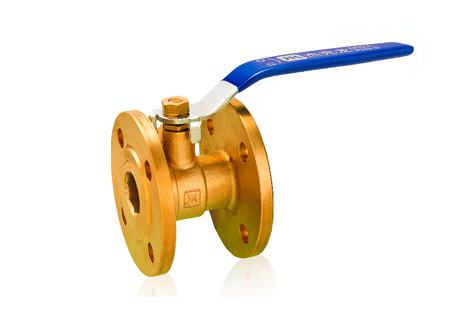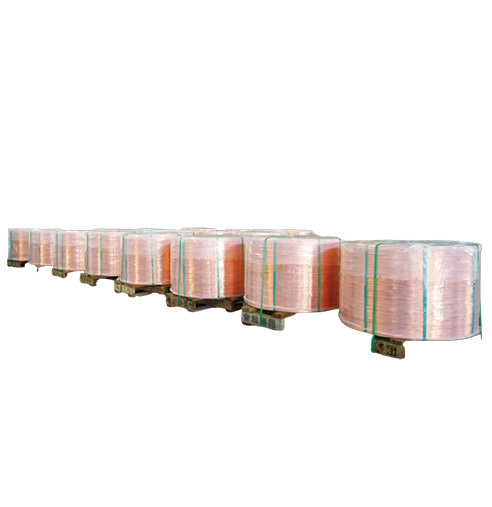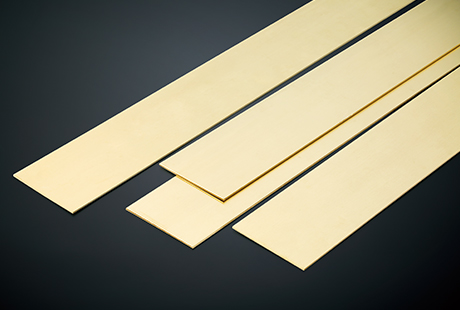Copper pipes have long been used in plumbing and HVAC systems for their durability, corrosion resistance, and excellent heat conduction properties. When it comes to joining copper pipes, different methods are available, each with their own advantages and limitations. In this blog post, we will explore the benefits of welding copper pipes compared to other joining methods.
The Strength of Welded Joints
When it comes to strength, welded joints are at the top of the list. Welding copper pipes creates a bond that is nearly as strong as the pipes themselves, resulting in a robust and reliable connection. This is particularly important in applications where the pipes will be subjected to high pressures or extreme temperature changes. Unlike soldering or compression fittings, welding ensures a secure joint that will not easily weaken or fail.
Seamless Integration
One of the main advantages of welding copper pipes is the ability to create a seamless integration between two or more pipes. By using a suitable welding technique, such as TIG (Tungsten Inert Gas) or oxy-acetylene welding, the joining process melts the edges of the pipes together, creating a homogeneous connection. This seamless integration eliminates any potential weak spots or leaks that could occur with other joining methods.
Resistance to Leakage
The welded joints in copper pipes offer superior resistance to leakage compared to other joining methods. Due to the strong bond formed during welding, the likelihood of leaks developing over time is significantly reduced. Welded joints provide a continuous and uniform connection along the length of the pipe, minimizing the risk of water seepage or gas leakage. This makes welding copper pipes an ideal choice for critical applications where leakages can have serious consequences.
High Temperature Applications
Copper pipes are often used in applications where high temperatures are involved, such as HVAC systems or industrial processes. When it comes to joining copper pipes for such applications, welding is the preferred method. Soldering or compression fittings may not withstand the extreme heat, and their strength can be compromised. Welded joints, on the other hand, can withstand high temperatures without jeopardizing the integrity of the connection. Welding copper pipes allows for a secure and durable joint that can handle elevated temperatures.
Future Reliability
Considering the long lifespan expected from plumbing or HVAC systems, it is essential to ensure the joining method used maintains its integrity over time. Welded joints have a proven track record for their long-term reliability. The strength and durability of the weld provide peace of mind, knowing that the connections will remain intact for years to come. This reduces the need for frequent repairs or replacements, ultimately saving time and money in the long run.
In conclusion, whether it's for plumbing, HVAC, or other applications, welding copper pipes offers numerous advantages over other joining methods. The strength, seamless integration, resistance to leakage, suitability for high-temperature applications, and long-term reliability make welding an ideal choice for joining copper pipes. When selecting a high-quality copper pipe brand like Jintian Copper, combining it with the right welding technique will result in a dependable and efficient plumbing or HVAC system. So, if you want a reliable and robust connection for your copper pipes, consider welding as your joining method of choice.

 English
English 日本語
日本語 한국어
한국어 français
français Deutsch
Deutsch Español
Español italiano
italiano العربية
العربية tiếng việt
tiếng việt Türkçe
Türkçe ไทย
ไทย 中文
中文





